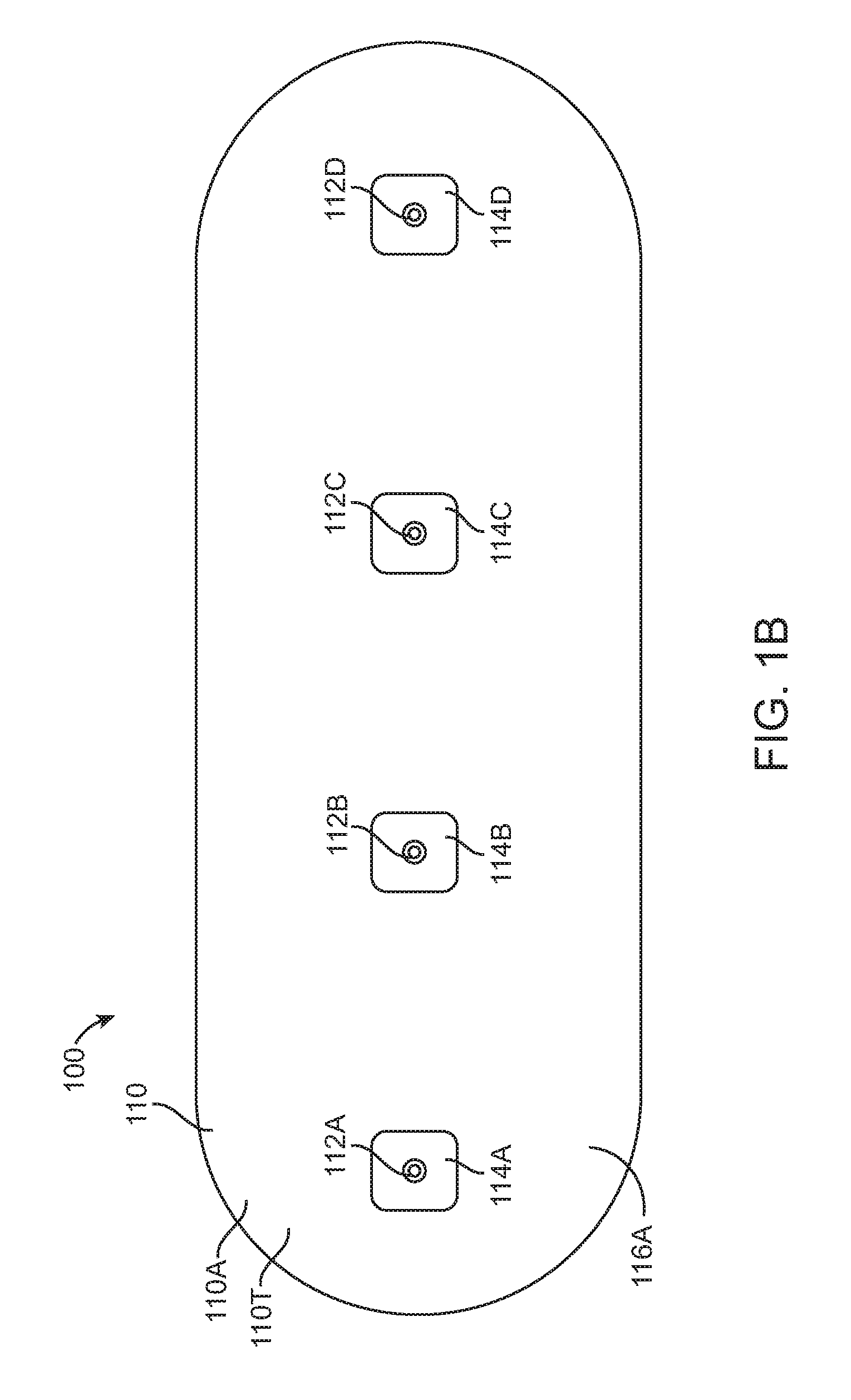Heart failure decompensation prediction based on cardiac rhythm
a heart failure and prediction technology, applied in the field of patient monitoring, can solve problems such as the failure of the heart to maintain adequate blood circulation, and achieve the effect of reducing the trauma of the patient and saving the patient's li
- Summary
- Abstract
- Description
- Claims
- Application Information
AI Technical Summary
Benefits of technology
Problems solved by technology
Method used
Image
Examples
Embodiment Construction
[0044]Embodiments of the present invention provide systems and methods for the detection of an impending cardiac decompensation. Decompensation is a failure of the heart to maintain adequate blood circulation, such that pulmonary congestion results. Therefore, determining the risk of impending decompensation can save the patient's life by delivering therapy in response to an elevated risk of impending decompensation. In many embodiments, the impending decompensation can be detected early enough to avoid, or at least delay, the impending decompensation, such that patient trauma and / or expensive ICU care can be avoided. Embodiments of the present invention can determine the risk of impending decompensation based on measurement of the electrocardiogram signal from the patient. Although embodiments make specific reference to monitoring electrocardiogram and other physiological signals with an adherent patch, the system methods and device described herein may be applicable to many applic...
PUM
 Login to View More
Login to View More Abstract
Description
Claims
Application Information
 Login to View More
Login to View More - R&D
- Intellectual Property
- Life Sciences
- Materials
- Tech Scout
- Unparalleled Data Quality
- Higher Quality Content
- 60% Fewer Hallucinations
Browse by: Latest US Patents, China's latest patents, Technical Efficacy Thesaurus, Application Domain, Technology Topic, Popular Technical Reports.
© 2025 PatSnap. All rights reserved.Legal|Privacy policy|Modern Slavery Act Transparency Statement|Sitemap|About US| Contact US: help@patsnap.com



